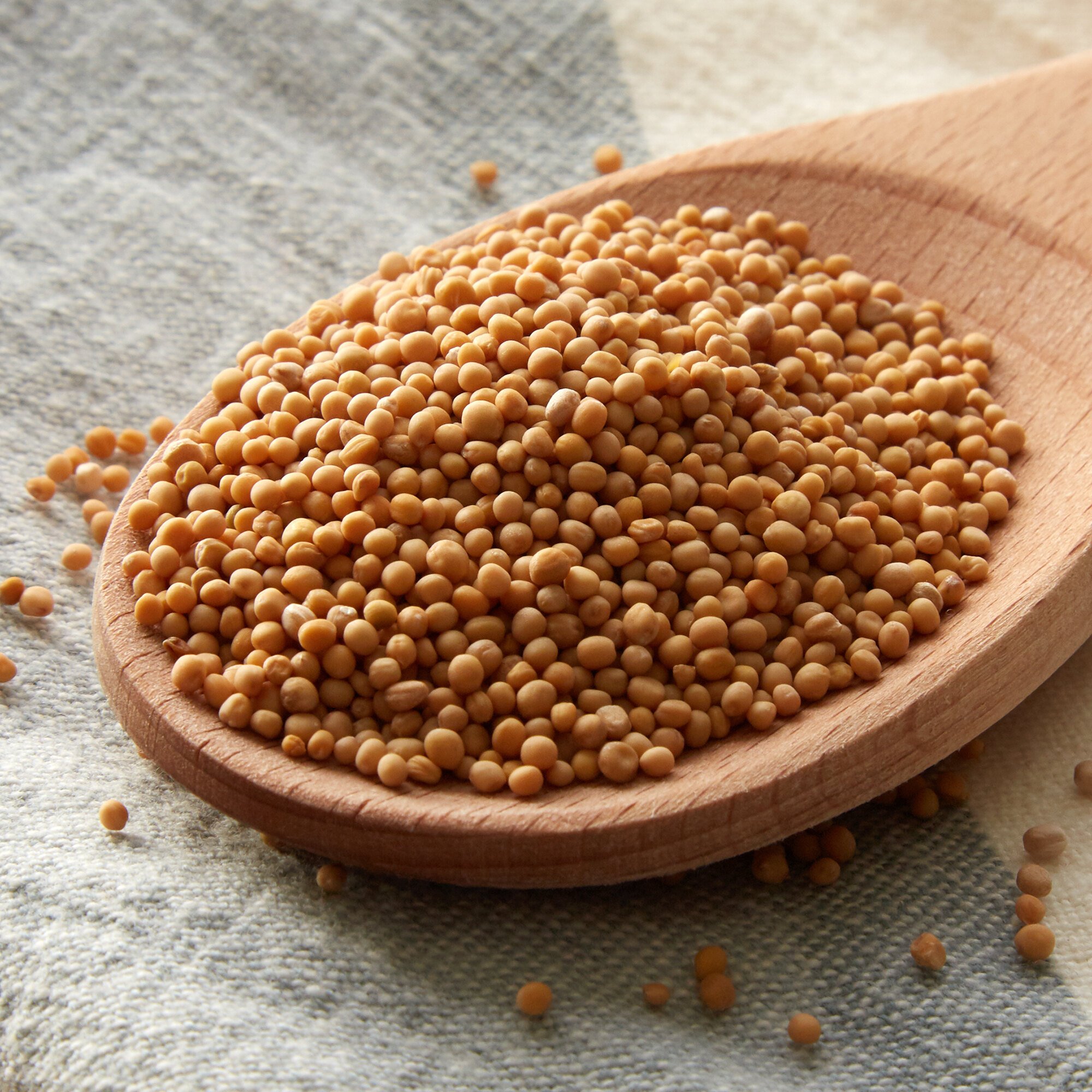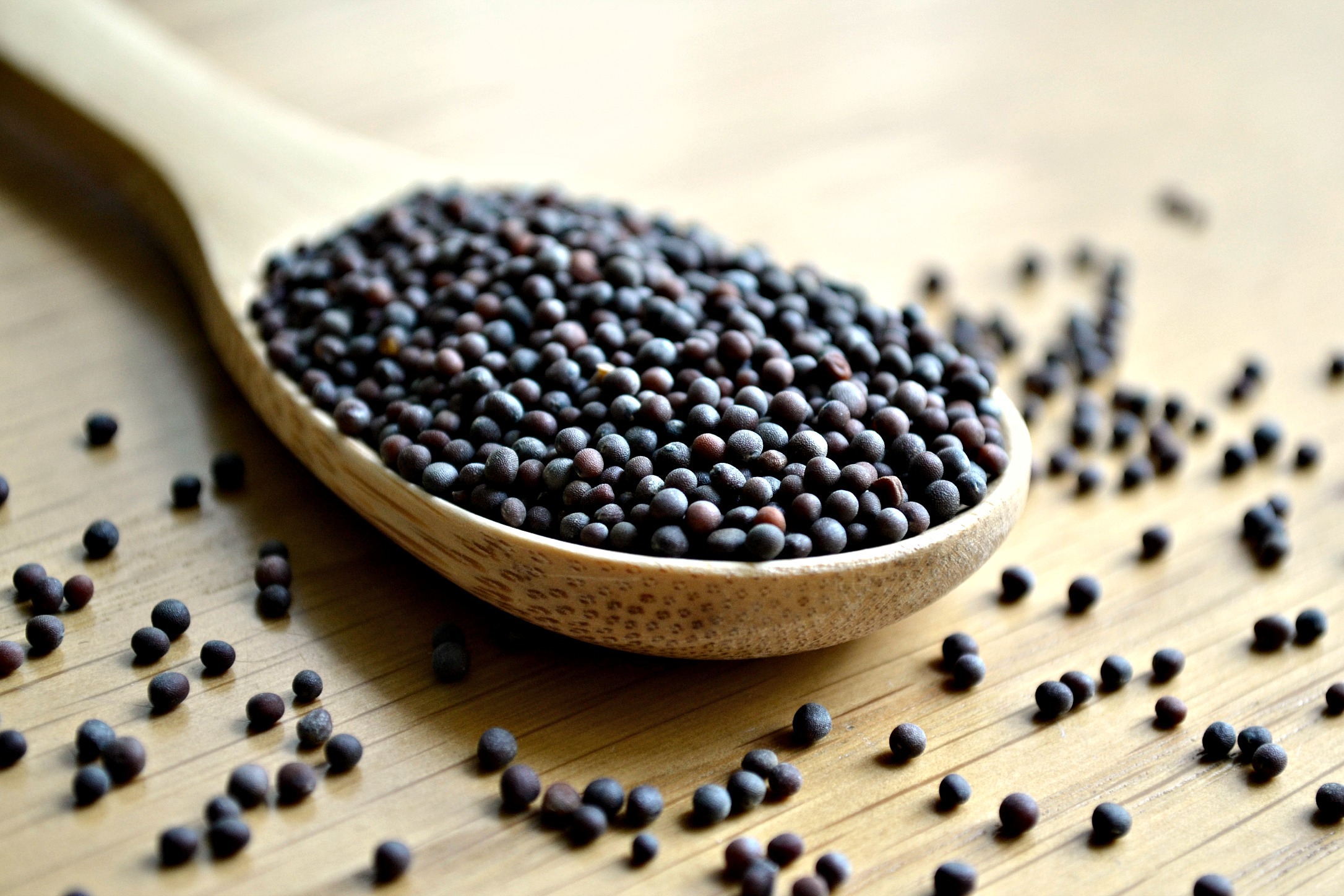


Saute larger leaves to remove the bitter flavor, or throw chopped mustard greens in soups and stews to add a peppery taste. Enjoy baby mustard leaves raw in salads or added to sandwiches. Rich in vitamins A, K, C and E, folic acid, calcium and fiber, incorporate mustard greens into your diet for healthier skin, bones, and heart. Like all brassicas, mustard greens are a nutritional powerhouse. For more bitter, spicy leaves, leave mustard leaves to mature a little longer. Harvest mustard greens after one month, when the leaves are about four to six inches tall. Mustard seeds love consistent moisture, so keep the soil wet. Fill in the trench and water the seeds in. Space seed at six inch intervals for bushier plants, but mustard seeds can be swn closer together if you intend to harvest young leaves only. Dig a furrow a half inch deep and multiseed.
The mustard seed full#
For a fall harvest, plant mustard seeds mid to late summer and pick greens up until the killing frost.Ĭhoose a planting site in full or partial sun-mustard may actually benefit from some shade in hotter climates. Older mustard plants are prone to bolt in the heat of summer.

Plant on starting a new succession of mustard every three weeks to keep a supply of young leaves close at hand. In the spring, direct sow mustard seeds three weeks before the last frost. Mustard seeds can be direct seeded or started indoors. Mustard is an easy to grow annual and fast-maturing crop, making this leafy green an excellent choice for vegetable gardens everywhere. Hardy in planting zones 2 through 10, plant mustard seeds in spring or fall for dual harvests. But did you know that you can grow mustard in your own backyard? Mustard as we know it is actually made from mustard leaves, which is easily grown in your own garden!Ī brassica, along with cabbage and kale, mustard is a cool-season crop. Who doesn’t love mustard? The peppery, pungent condiment pairs well with so many dishes.


 0 kommentar(er)
0 kommentar(er)
